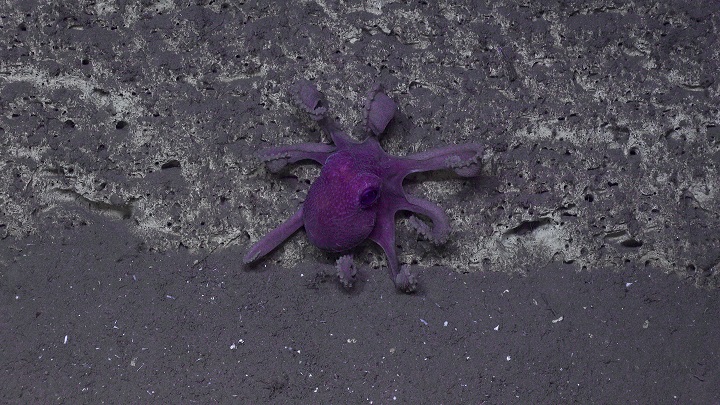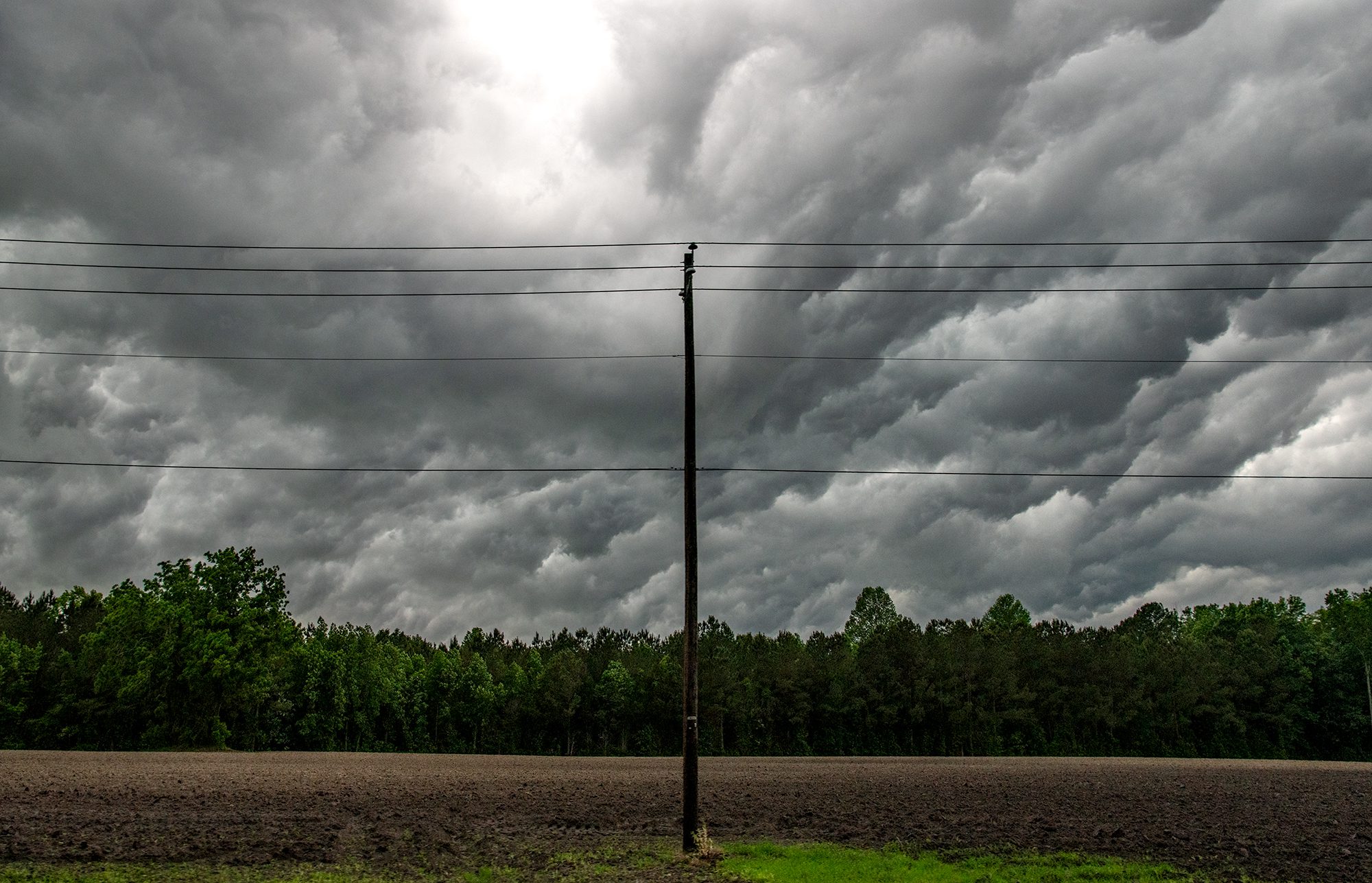Featured Image
This vibrant octopus was spotted in the Pamlico Canyon about 20 miles offshore of the Outer Banks by a remotely operated vehicle, or ROV, during a dive by DEEP SEARCH, an interagency project sponsored by the National Oceanographic Partnership Program.
The dive is part of the fifth research expedition of the 4.5-year Deep Sea Exploration and Research of Coral/Canyon/Cold seep Habitats, or DEEP SEARCH.
Sponsor Spotlight
Get Your NC Coast License Plate
The North Carolina coast is spectacular. When you purchase a North Carolina Coastal Federation license plate, you help keep our coast healthy and beautiful. Learn more!
“We saw spectacular rock faces, many of which were covered in brisingid starfish, cup corals, and other deep-sea animals that get their food from particles passing by in the water,” Caitlin Adams, Operations Coordinator, NOAA Office of Ocean Exploration and Research, wrote in the mission log. “We also observed different fish species like skates and cusk eels as well as an octopus, red crabs, spider crabs, squat lobsters, and pycnogonid sea spiders. We were able to collect excellent samples of our coral target species (Acanthogorgia and Desmophyllum) as well as four sets of sediment push cores for the Demopoulos and Joye labs.”
The National Oceanic and Atmospheric Administration and partners at the Bureau of Ocean Energy Management, or BOEM, and the U.S. Geological Survey have been conducting the research expedition that began April 9 and ends April 30 on NOAA ship Ronald H. Brown to collect critical baseline information about deepwater habitats offshore the U.S. Mid- and South Atlantic coasts, including off the coast of North Carolina, according to NOAA’s Office of Ocean Exploration and Research. The team also explored sites offshore of the Outer Banks, Cape Lookout and Cape Fear region.
During this 22-day expedition out of Charleston, South Carolina, the team planned for daily dives of canyons and seeps offshore of Virginia and North Carolina and coral mounds recently mapped by Okeanos Explorer near the Georgia-Florida line. The team has been using the ROVs to explore and sample seafloor environments, as well as additional shipboard operations. TDI-Brooks International Inc. is the prime contractor for BOEM, and scientists from USGS and nine academic institutions are participating.
Image courtesy of Ivan Hurzeler and DEEP SEARCH 2019 – BOEM, USGS, NOAA, ROV Jason, ©Woods Hole Oceanographic Institution.
Sponsor Spotlight
Subscribe to our daily email
Never miss the stories that matter to North Carolina’s 20 coastal counties. Subscribe to receive our daily email with the latest Coastal Review headlines. It’s free!
Check out highlights from the first half of #DEEPSEARCH 2019: https://t.co/qC8newBRsv pic.twitter.com/tIAJGB5Z9J
— NOAA Ocean Explorer (@oceanexplorer) April 23, 2019








